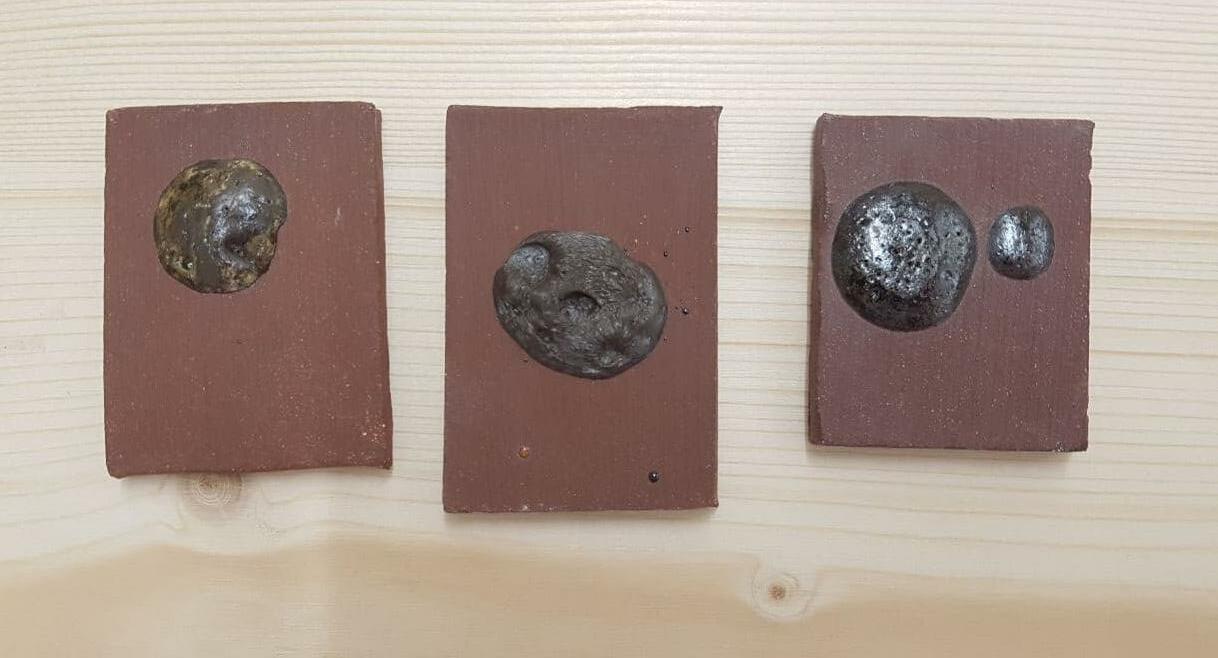
1 minute read
Introduction
from Urban Clay
by mizajn
Clay is a type of fine-grained soil formed in physical and chemical weathering processes from crushed, dissolved and transformed rocks. In some places it can be found right on the surface, in others the deposits are placed deeper in the ground. In primary deposits clay stays in the place of its formation. Secondary deposits are a result of water erosion transporting clay from its origin to a sedimentary deposit. That is why spots along rivers, streams and lakes are popular places to look for native clay. In locations where the ground has subsided for various reasons, the primary clay deposit may have been exposed. Vienna is a city built on and from clay. Thanks to the geological situation, and being situated in the Vienna Basin, Viennese sedimentary deposits reach a depth of over 5km and are sufficient resources for hundreds of generations. Historically, even since the times of Roman settlers the city was supplied with numerous brick and roof tiles factories, products of which became a symbol and a part of the city’s identity. A good example for this is bricks with eagle markings: many of those can be found as parts of Viennese architecture, or simply scattered around public parks and citizen’s gardens. One of the ingredients that may be used in the ceramics production is grog – ground pieces of fired clay which are added to a raw clay body to reinforce it and reduce its shrinkage. It may happen that grog is made from a ceramic piece which also contains grog. This way, one ceramic brick or pot can contain multiple ‘generations’ of fired clay. Ceramic artifacts are findings very valuable to archeologists, since they help to determine the availability of resources at the time, as well as people’s culinary culture and trade relations. In the framework of the project “Stadtarchäologie Wien”1
Advertisement








